|
Group: Forum Members
Last Active: 5 hours ago
Posts: 881,
Visits: 13.6K
|
Firewall done  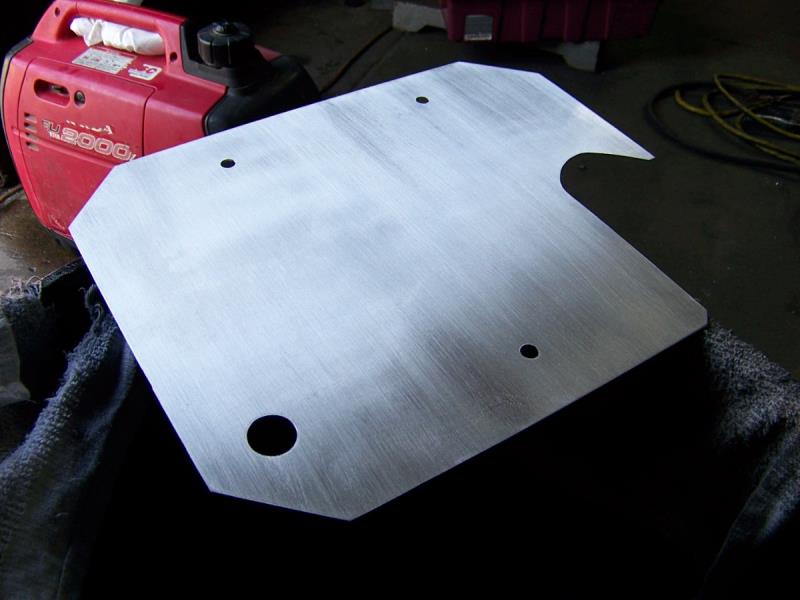
|
|
Group: Forum Members
Last Active: 5 hours ago
Posts: 881,
Visits: 13.6K
|
Start of a new floor 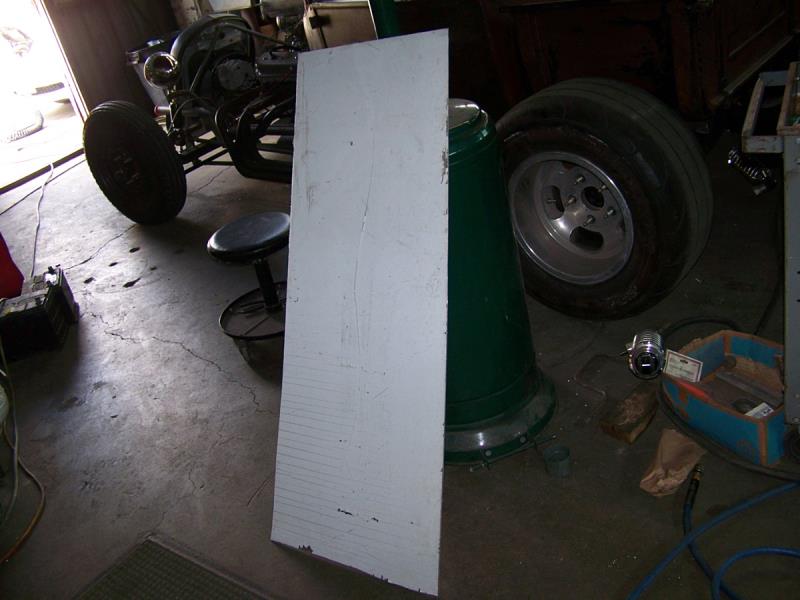
|
|
Group: Forum Members
Last Active: 5 hours ago
Posts: 881,
Visits: 13.6K
|
Floor roughed in 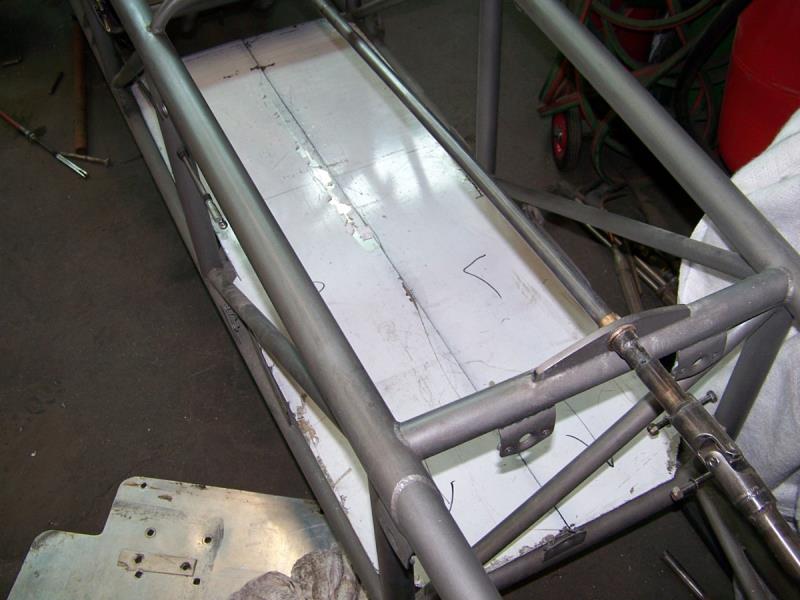 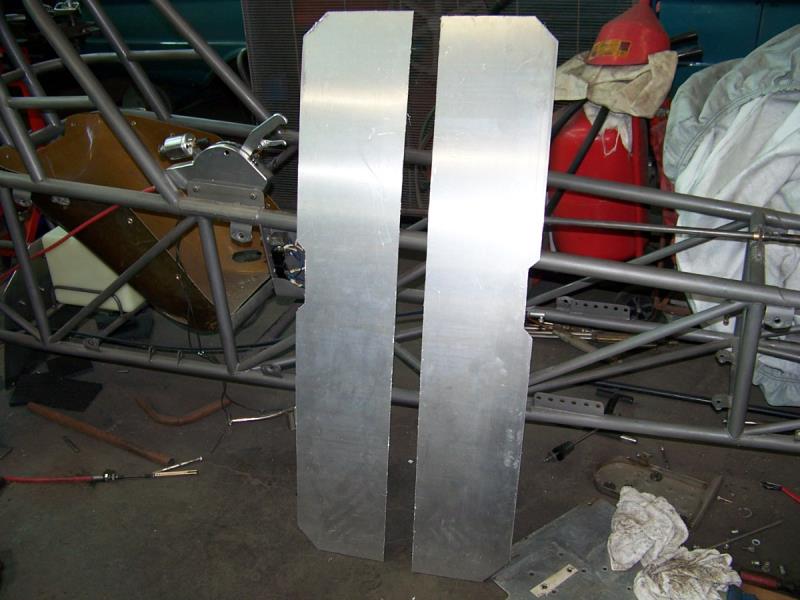
|
|
Group: Forum Members
Last Active: 5 hours ago
Posts: 881,
Visits: 13.6K
|
What have I been doing? well plumbing the car, cutting holes for gauges, running brake lines, finishing small parts, none of these warrant pictures just a lot of small things, stuck on how to make the pedals, NHRA wants the throttle pedal to hook over my foot (so I can pull it back if I need to) I'm almost ready to install the engine maybe in 2 weeks (hope), the property that I bought (thanks to my son) was found to have a pollution problem, that was the main reason they sold it to me (they wanted out) so after a bunch of work it turned out to be a oil barrel buried in the ground that was used as a drain for metal shavings (cutting oil) now the huge problem that everyone was scared of (me also) turns to be a small problem (I hope) they start removal next week still these guys get a lot of money for what they do.
|
|
Group: Forum Members
Last Active: 5 hours ago
Posts: 881,
Visits: 13.6K
|
Here's a picture of the dash 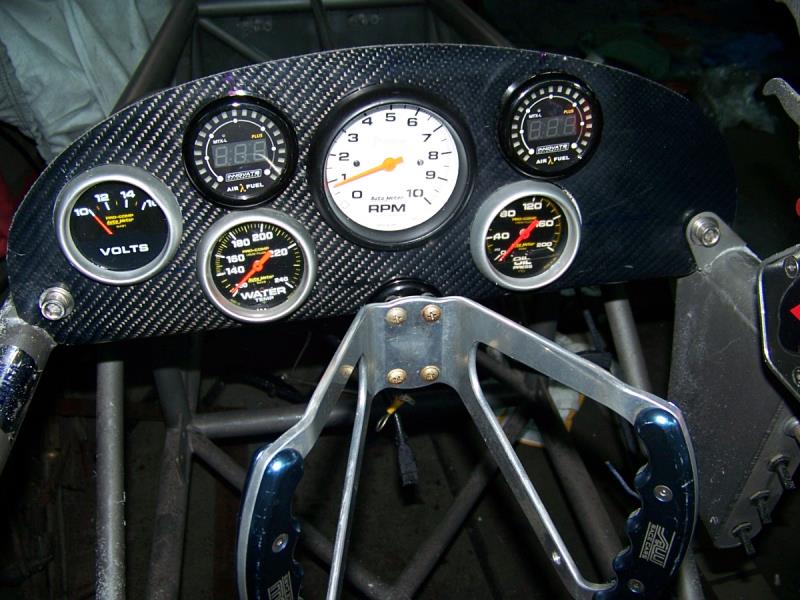
|
|
Group: Forum Members
Last Active: 5 hours ago
Posts: 881,
Visits: 13.6K
|
Floors done, installed 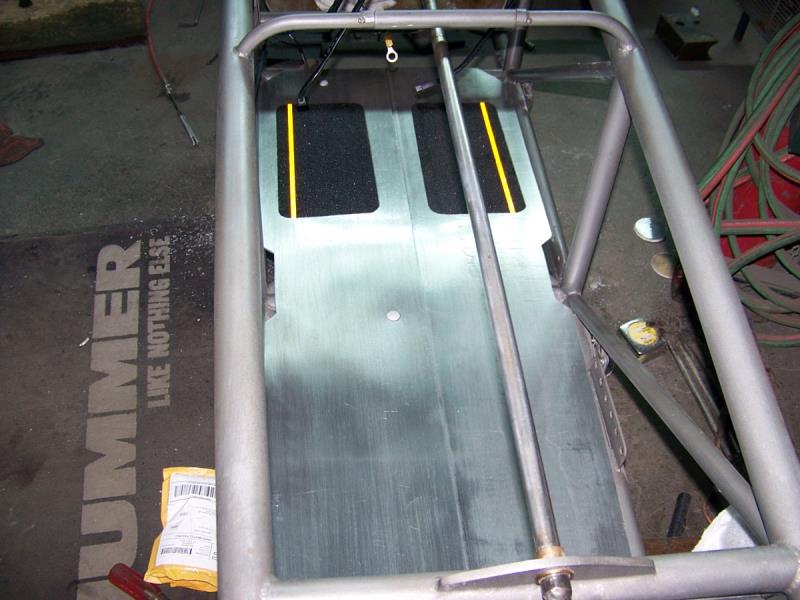 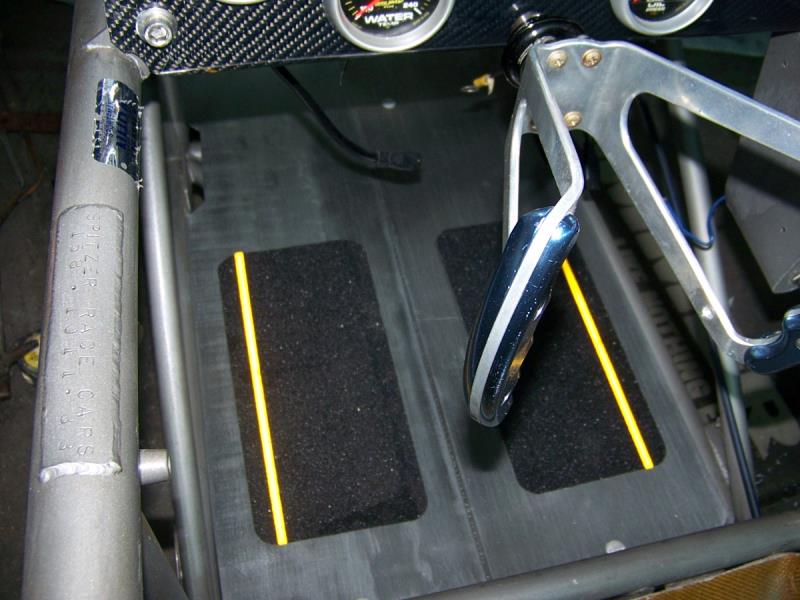
|
|
Group: Forum Members
Last Active: 5 hours ago
Posts: 881,
Visits: 13.6K
|
Lunch break, this morning 2 steps forward 1 step back, electronics going in, the 3rd member did not turn right to me so I took it apart, I had assembled it wrong, a shim slipped out of the cage causing to much end play so a little more work. 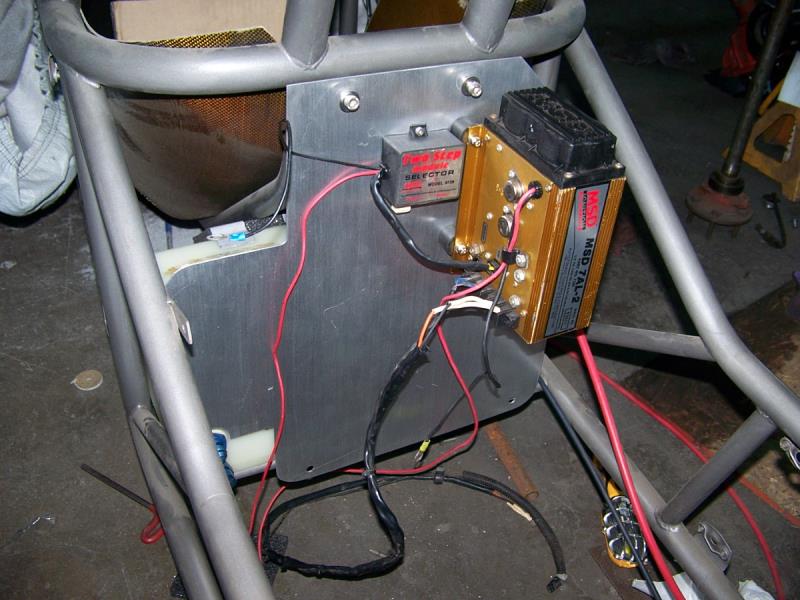 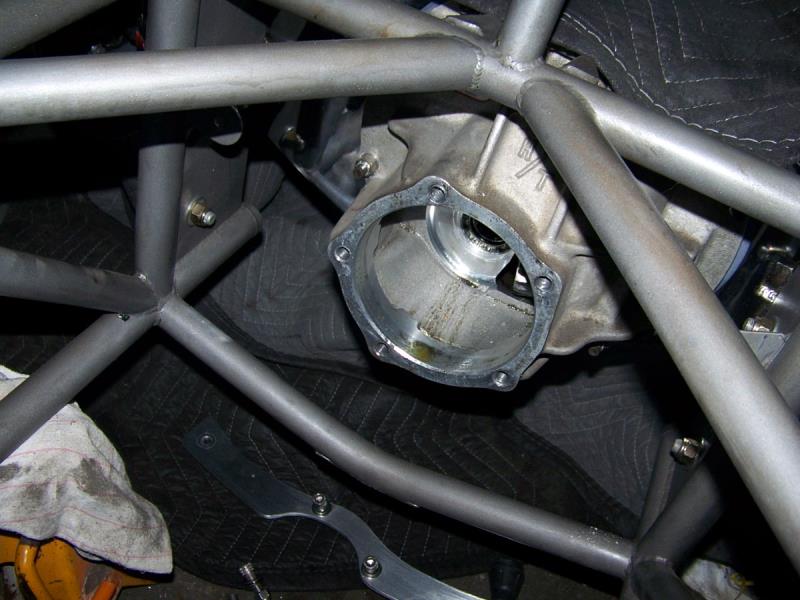
|
|
Group: Forum Members
Last Active: 5 hours ago
Posts: 881,
Visits: 13.6K
|
Installed 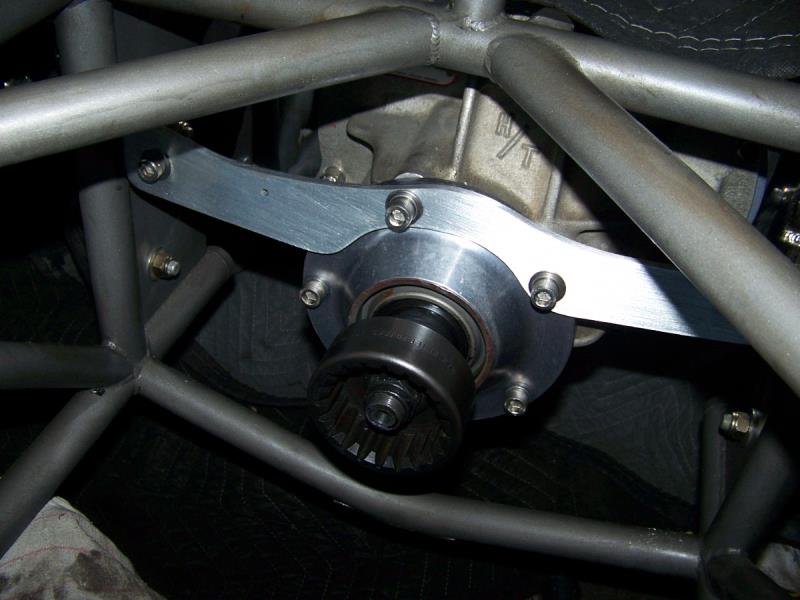
|
|
Group: Forum Members
Last Active: 5 hours ago
Posts: 881,
Visits: 13.6K
|
|
|
Group: Forum Members
Last Active: 5 hours ago
Posts: 881,
Visits: 13.6K
|
Gas tank finished and installed for the last time 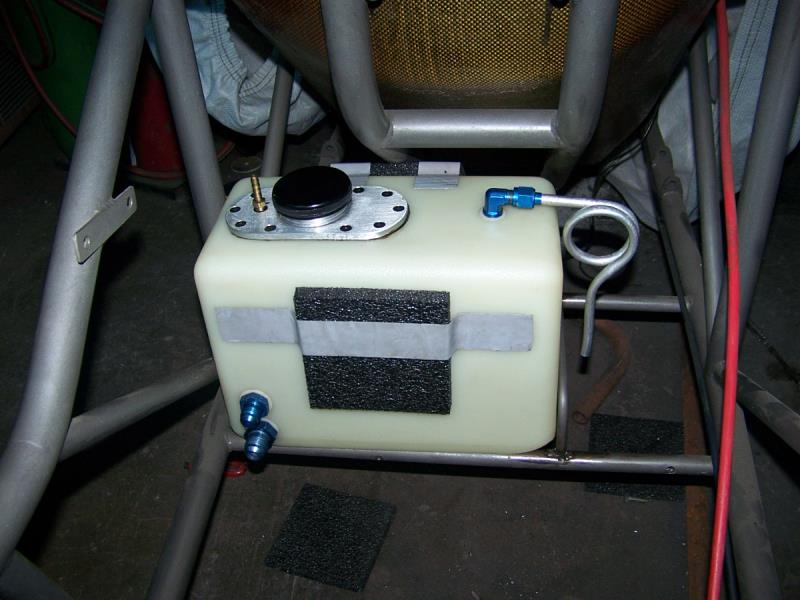
|